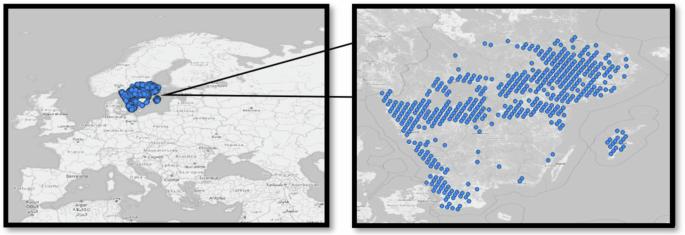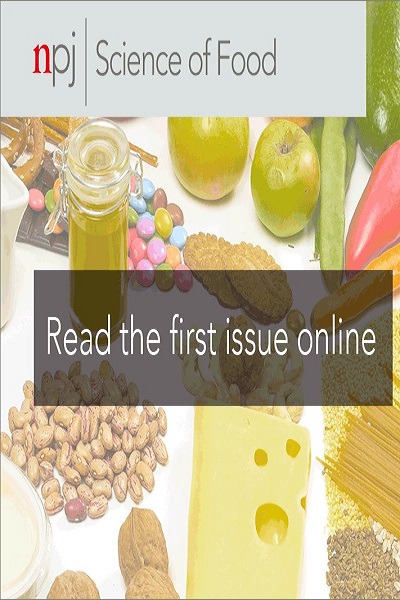利用可解释人工智能预测瑞典春燕麦中的脱氧雪腐镰刀菌烯醇污染。
IF 6.3
1区 农林科学
Q1 FOOD SCIENCE & TECHNOLOGY
引用次数: 0
摘要
众所周知,天气条件和农艺因素会影响镰刀菌属的生长,并最终影响燕麦中的脱氧雪腐镰刀菌烯醇(DON)污染。本研究旨在利用机器学习算法开发瑞典地区春燕麦收获时 DON 污染的预测模型。开发的三个模型分别作为地区风险评估工具,供农民、农作物采集员和食品安全检查人员使用。数据包括:不同燕麦生长期的天气数据、农艺数据、特定地点数据和前一年的 DON 污染数据。结果表明(1) 射频模型能够预测收获时的 DON 污染情况,总分类准确率最低为 0.72;(2) 6 月份就能做出较好的预测;(3) 不同燕麦生长阶段的降雨量、相对湿度和风速是预测收获时春燕麦 DON 污染情况的最重要特征,其次是作物品种和海拔高度。本文章由计算机程序翻译,如有差异,请以英文原文为准。

Prediction of deoxynivalenol contamination in spring oats in Sweden using explainable artificial intelligence
Weather conditions and agronomical factors are known to affect Fusarium spp. growth and ultimately deoxynivalenol (DON) contamination in oat. This study aimed to develop predictive models for the contamination of spring oat at harvest with DON on a regional basis in Sweden using machine-learning algorithms. Three models were developed as regional risk-assessment tools for farmers, crop collectors, and food safety inspectors, respectively. Data included: weather data from different oat growing periods, agronomical data, site-specific data, and DON contamination data from the previous year. Results showed that: (1) RF models were able to predict DON contamination at harvest with a total classification accuracy of minimal 0.72; (2) good predictions could already be made in June; (3) rainfall, relative humidity, and wind speed in different oat growing stages, followed by crop variety and elevation were the most important features for predicting DON contamination in spring oats at harvest.
求助全文
通过发布文献求助,成功后即可免费获取论文全文。
去求助
来源期刊

NPJ Science of Food
FOOD SCIENCE & TECHNOLOGY-
CiteScore
7.50
自引率
1.60%
发文量
53
期刊介绍:
npj Science of Food is an online-only and open access journal publishes high-quality, high-impact papers related to food safety, security, integrated production, processing and packaging, the changes and interactions of food components, and the influence on health and wellness properties of food. The journal will support fundamental studies that advance the science of food beyond the classic focus on processing, thereby addressing basic inquiries around food from the public and industry. It will also support research that might result in innovation of technologies and products that are public-friendly while promoting the United Nations sustainable development goals.
 求助内容:
求助内容: 应助结果提醒方式:
应助结果提醒方式:


